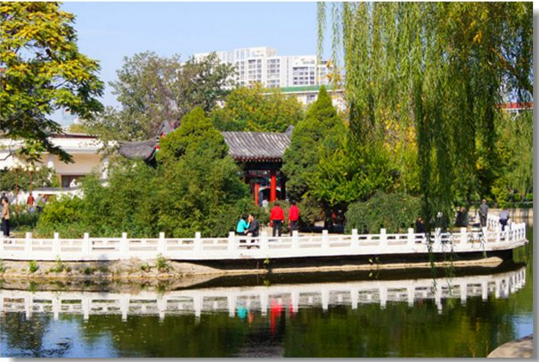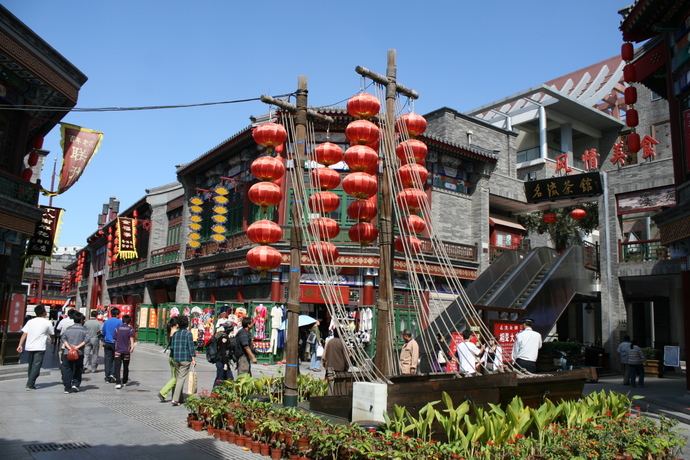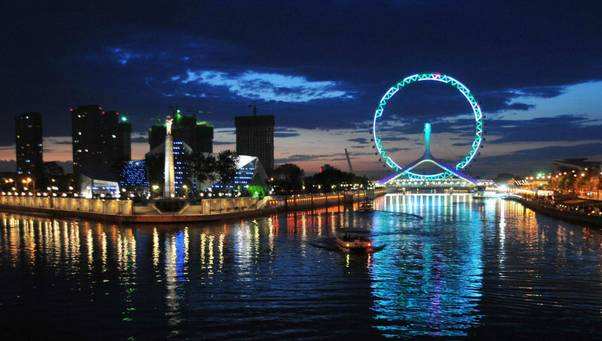Knowing more about the city-Tianjin
Tianjin, 137 kilometers southeast of Beijing, is located at 39º8' North and 117º2' East, covering area of 11,917 square kilometers, the city is bordering on the Bohai Sea in the east. It is one of three municipalities of China directly under the Central Government.

Climate of Tianjin
The climate of Tianjin is temperate, continental-type monsoon climate with four seasons distinct from one another. The mean temperature of the year is 12.2ºC ( 53.96ºF) with that of January being -4ºC (24.8 ºF) and that of July 26.8ºC ( 80.24ºF) . The average annual rainfall is 559.1mm, most of which is concentrated in summer. The freezing period of ports lasts 80 days.

Tianjin local cuisine
The local food In Tianjin characterized by a variety of sea food combines special features of Sichuan, Shandong, Huaiyang and Zhejiang food to form a unique style of its own. Food of the French, English, Italian and Russian style are also served in hotels and restaurants here. Besides, there are many kinds of snacks. Tourists can enjoy delicious food of either the Chinese or Western style in Tianjin.
Places of Interests and Tourist Attractions of Tianjin
The Shuishang Park (Water Park), the largest park in Tianjin, covers an area of 200 hectares. Half of the park is water surface, which is divided into the east lakes, the west lake and several smaller lakes. Inlaid on the lakes are 13 islets, which are decorated with pavilions, towers and terraces and connected with one another by exquisite curved bridges, arch bridges and dykes lined with weeping willows, giving a unique charm to the park.
Adjacent to the park is the Tianjin Zoo, which is renowned for its novel architecture and collection of rare animals such as the giant panda.
The Panshan scenic spot in Jixian County is a tourist attraction, famous for its scenery and historical relics. Dule (Exclusive Happiness) Temple has a history of over 1,000 years behind it. The Guanyin Tower in the temple is among the most ancient wooden architecture existing in China today. The clay sculpture of the goddess Guanyin with her 10 smaller heads is also the biggest of it kind in the country.
Located in the city, the Memorial Hall of Zhou Enlai is the place where the late Premier used to study and takes part in revolutionary activities.
Tianjin is an industrial centre. Its petrochemical industry has developed considerably since the extraction of land and offshore oil. The Dagang oilfield and the chemical fibre plant are open to tourists and visitors.
More about Tianjin

Tianjin became a center of urban modernization and internationalism in the early years of the 20th century. Hotels like the Astor received famous guests such as Herbert Hoover and Sun Yat-sen, and one of China’s first elevators was installed there in 1924. Meanwhile, heavy silting of the Haihe River led to construction of a new port at Tanggu, 50 km downriver, as Tianjin lost its character as a major port city. The 1976 Tangshan earthquake caused extensive damage to the city, and it was closed to foreign visitors until repairs were completed. The establishment of the Tianjin Economic and Development Area was a major spur to investment and economic revitalization.

